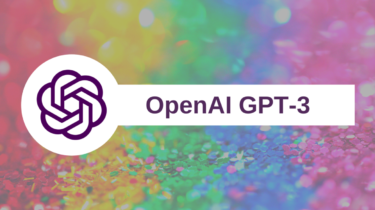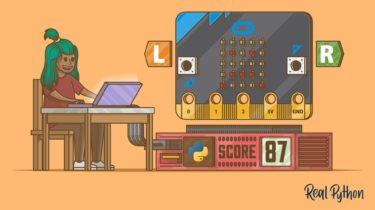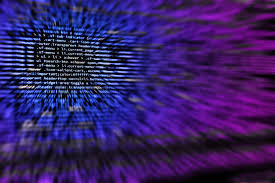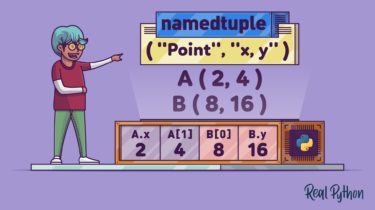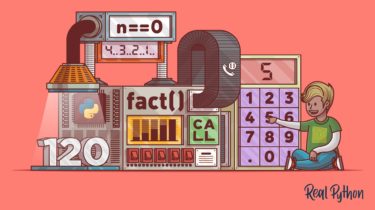Using the Python or Operator
There are three Boolean operators in Python: and, or, and not. With them, you can test conditions and decide which execution path your programs will take. In this tutorial, you’ll take a deep dive into the Python or operator and how to use it. By the end of this course, you’ll have learned: How the Python or operator works How to use the Python or operator in Boolean and non-Boolean contexts What kind of programming problems you can solve by […]
Read more